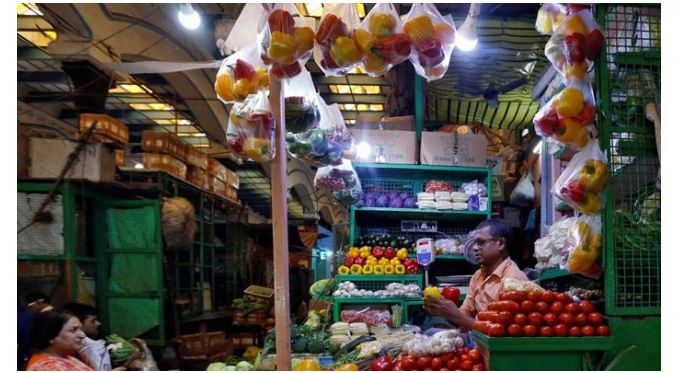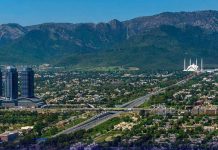- The Economist ranks Turkey second with a 19.6% inflation rate, followed by Brazil with 10.2%.
- Argentina tops list with 51.4% inflation rate.
- Inflation rate in India clocks in at 4.3%, taking it to the 16th position on the list.
LONDON, OCT 21: Amid soaring inflation, Pakistan has been ranked as a country with the fourth highest inflation rate in the world,according to a weekly report published by The Economist.
The report placed Pakistan at fourth place out of a list of 43 countries.
It is pertinent to mention here that the rate of inflation in Pakistan clocked in at 9% in September.
As compared to that, the inflation rate in India clocked in at 4.3%, taking it to the 16th position on the list of most expensive countries.
Per the report, the highest inflation around the world is in Argentina where the inflation rate is currently at 51.4%.
Meanwhile, Turkey ranks second with a 19.6% inflation rate, followed by Brazil with 10.2%.
According to the international publication, inflation in Japan is -0.4%.
September inflation edges up to 9% in Pakistan
The month of September saw a new round of increased prices of consumer items as inflation edged up to 9% from 8.4% in August, data released by the Pakistan Bureau of Statistics (PBS) showed on October 1.
On a month-on-month basis, inflation increased by 2.1% owing to significant changes in three indices — food, housing, and construction.
The Wholesale Price Index (WPI), which captures prices in the wholesale market, also rose sharply by 19.6% in September compared to 4.3% in the same month a year ago.
The government has set the average inflation target for the ongoing fiscal year at 8.5%, indicating that the year-on-year inflation may remain in double digits in the fiscal year 2021-22.
The PBS had reported that the overall inflation rate in both the urban and rural areas recorded an increase. The inflation rate in urban areas edged up by 9.1% in September and rural areas surged to 8.8% over the same month of the last year. In September last year, inflation in urban areas was recorded at 7.7% and in rural areas at 8.4%.
The food inflation rate in villages and towns remained unchanged at 9.1% and in cities rose to 10.8%, which was significantly higher than the previous month. Non-food inflation was recorded at 8.1% in urban areas and 8.5% in rural areas compared to 5% and 7.2% in September 2020.
Core inflation — calculated by excluding food and energy items — rose to 6.4% in urban areas in September, reported the national data collecting agency.
The food group saw a price increase of 10.21% in September from the same month a year ago. Within the food group, prices of non-perishable food items surged by 13.84% on an annualised basis meanwhile the prices of the perishable goods were effectively reduced by 8.3%. The inflation rate for the housing, water, electricity, gas, and fuel group — having one-fourth weight in the basket — rose to 9.74% last month.
Average prices for the clothing and footwear group increased by 9.19% in September. Prices related to transportation surged by 9.11%.
On a month-on-month basis, the price of chicken skyrocketed 42.04%, followed by a 15.7% surge in pulse masoor, 14.43% increase in eggs, nearly 10% wheat, according to the PBS. The prices of vegetables, cooking oil, and sugar recorded an increase of 3.95%, 3.64%, and 3.04% last month.
Meanwhile, electricity charges surged by 11.4% during the period under review.
The average inflation rate for July-September of the current fiscal year came in at 8.58%, according to the PBS.












